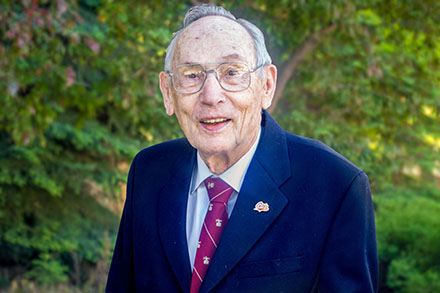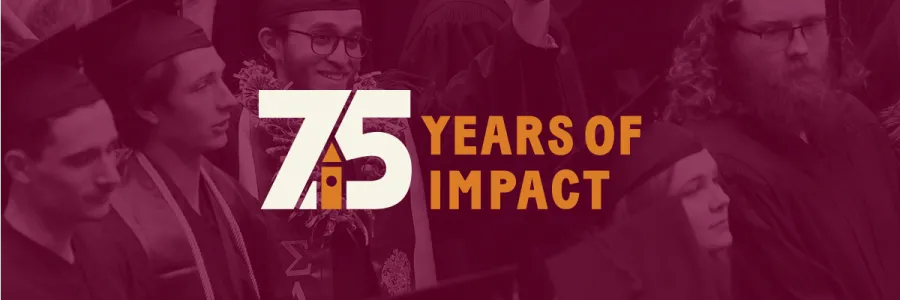September 8, 2019
Dr. Bill Reynolds’ relationship with the University of Montana stretches back to 1935, when he took his first class on campus — as a kindergartner. Later, he ran varsity track, was a member of Sigma Chi fraternity and served as student body president before earning his pre-med degree in 1952.

He left Missoula after graduation to attend medical school at Washington University in St. Louis where he met and married Joanne “Jo” Flanagan, a registered nurse, and then to complete his medical training in Minnesota. Since he and his family returned to Missoula in 1963, he has been a beloved physician and a tireless advocate for his profession and community.
All the while, his dedication to UM has been unwavering. He has served on a number of UM boards, including the UM Foundation Board of Trustees and the Davidson Honors College Advisory Board. Reynolds also makes it a priority to give to UM, including through his estate plan. We recently asked him about his motivations to support the institution in this way.
How did your philanthropic giving begin?
Attending sporting events was the gateway to my re-engaging with and supporting UM. I then began contributing a little bit every year to the Excellence Fund. The next big step was being concerned about student-athletes whose playing and scholarship eligibility ended but still needed another year or semester to graduate. Jo and I created degree completion scholarships for men’s and later Lady Griz basketball.
Finally my wife said, “If we’re doing these things for athletics, we also need to support academics.” So we created several scholarships that we recently combined into the Bill and Jo Reynolds Presidential Leadership Scholarship (UM’s premier freshman scholarship) in the Davidson Honors College.
You’ve given in a variety of ways including through charitable gift annuities and charitable IRA rollovers. What attracted you to giving in these ways?
The state of Montana offers a substantial tax credit to those supporting charitable endowments. Establishing charitable gift annuities to qualify for the tax credit was very simple. The savings received through the credit, federal income tax charitable deductions and by avoiding capital gains taxes allowed us to nearly double the amount of money we were able to give.
Regarding my IRA, I am required take more and more from my account each year, putting me into a higher income tax bracket. The charitable IRA rollover allows me to increase my giving while not having to pay income tax on my required distributions. The tax savings from the different gift types allows me to make bigger, lasting gifts.
What advice do you have for someone who wants to give back to the University?
When you support students, you get back more than you give. Starting with even a small gift can make a big difference in the life of a student. As you become able to do more, there may be ways you can take advantage of tax benefits. Talk to a Foundation representative about an area you’re interested in and which gift strategy will allow you to make the biggest impact. Because you’re not going to give unless you know you can make a difference. Getting involved with those activities at the University cements that. It becomes a way of life.
